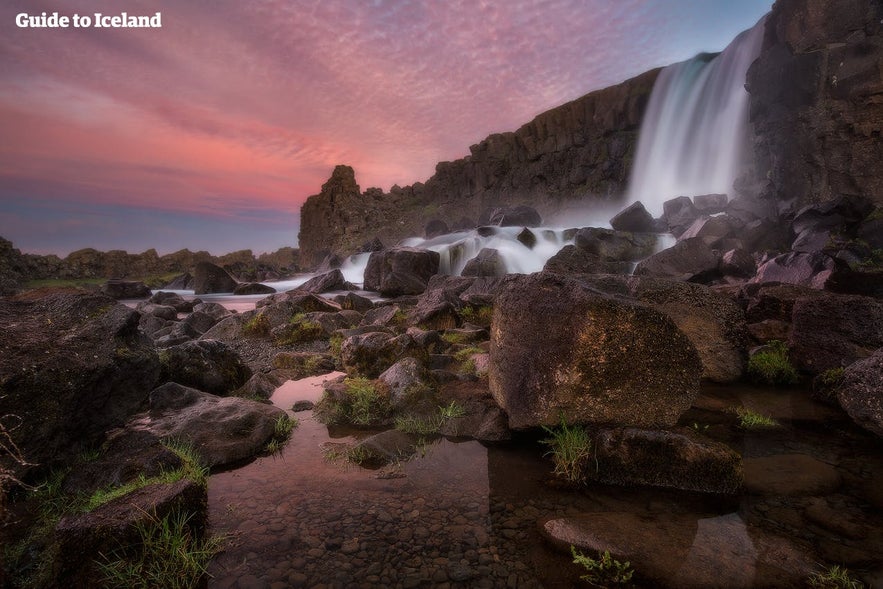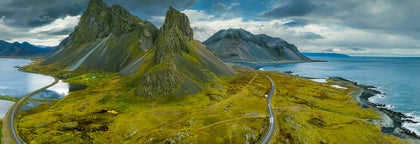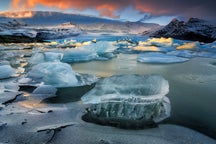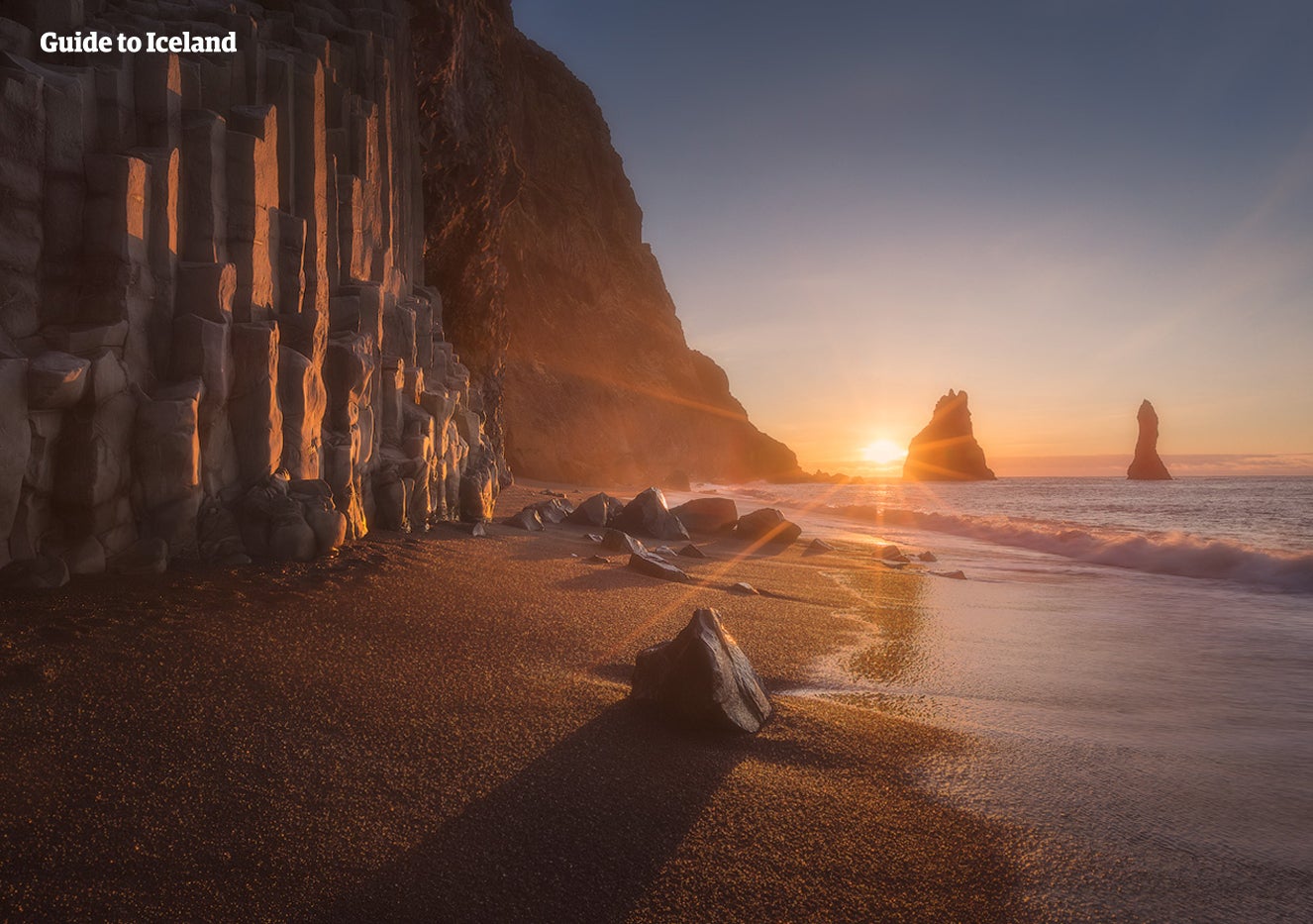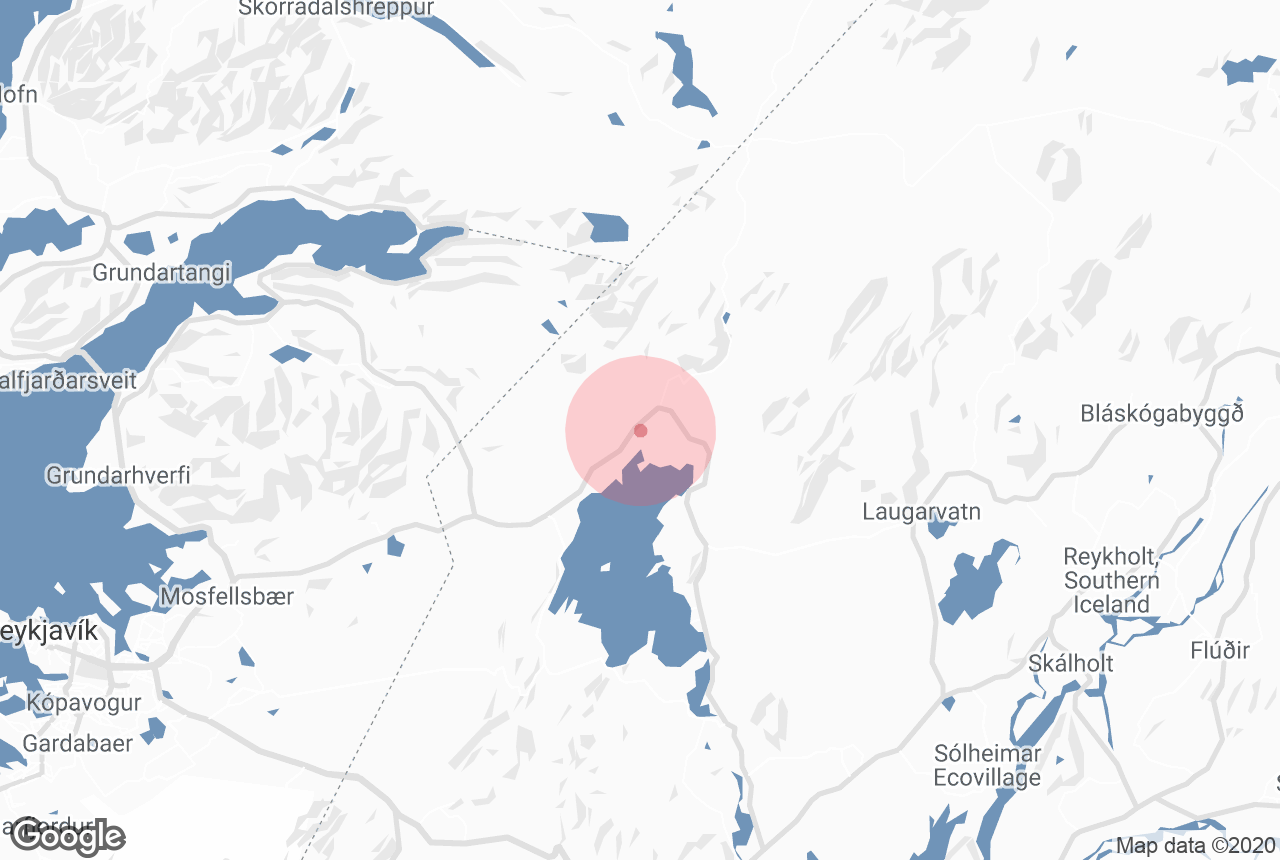
Путеводитель: Эхсараурфосс
Эхсараурфосс – это водопад в национальном парке Тингведлир в юго-западной Исландии.
Этот регион можно исследовать в рамках тура по Золотому кольцу и заодно полюбоваться на водопад Эхсараурфосс.
Водопад расположен на реке Эхсарау и двумя уступами обрушивается с утеса разлома Альманнагья, который проходит по восточной границе североамериканской и евразийской тектонических плит.
Описание
Высота водопада – 13 м, средняя ширина – 6 м. Пруд у основания водопада усеян крупными, округлыми камнями, которые зимой покрываются льдом. Посещать водопад можно круглый год, но летом у него довольно многолюдно.
Зимой водопад полностью замерзает. На нем занимаются ледолазанием, но для этого нужна специальная подготовка.
История и окрестности
Эхсараурфосс – одна из самых популярных достопримечательностей национального парка Тингведлир, который, в свою очередь, является одной из самых популярных достопримечательностей Исландии. Тингведлир входит в три главные остановки на Золотом кольце наряду с водопадом Гюдльфосс и геотермальной зоной Гейсир, и он обладает важным геологическим и историческим значением.
Его геологическое значение в том, что, как уже отмечалось, он находится между двумя тектоническими плитами. Они медленно расходятся, что приводит к деформациям земной коры – так здесь появились многочисленные красивейшие разломы и лавовые поля.
Самый известный из этих разломов – Сильфра. Как и другие подобные ей, Сильфра заполнена кристально чистой ледниковой водой, поступающей из ручья, при этом, в отличие от других разломов, здесь можно нырять и заниматься дайвингом. Есть специальные дайвинг-туры.
Вода из Сильфры и других расщелин поступает в озеро Тингвадлаватн. Более того, река Эхсарау, которая питает Эхсараурфосс, – единственный источник воды в озере, который не является ручьем.
Историческое же значение парка Тингведлир обусловлено тем, что именно здесь в 930 г. н. э. был образован Альтинг, первый исландский парламент. Сейчас он действует в Рейкьявике, но на протяжении девяти веков он был именно в Тингведлире.
Здесь проходили ежегодные собрания, на которых принимались законы, улаживались разногласия и сообщались новости. Прогресс здесь сочетался с варварством: с одной стороны, здесь каждый имел голос, а женщины могли получить развод задолго до того, как он был узаконен в других странах; с другой стороны, здесь происходило множество сражений и массовая охота на ведьм.
Тингведлир упоминается во многих исландских сагах. Хотя водопад Эхсараурфосс упоминается значительно реже, он был молчаливым свидетелем всех описанных в них событий.
Интересная деталь из фольклора: считалось, что водопад Эхсараурфосс может предвещать будущее на год вперед. Если в полночь перед наступлением Нового года его вода превращается в вино, это обещает изобилие, а если в кровь – войну.
Достопримечательности рядом с вами
Популярные категории

Загрузите приложение крупнейшего туристического портала Исландии на свой телефон, чтобы управлять всей поездкой в одном месте.
Отсканируйте этот QR-код с помощью камеры телефона и нажмите на появившуюся ссылку, чтобы всегда иметь доступ к крупнейшему туристическому порталу Исландии в своем кармане. Введите свой номер телефона или адрес электронной почты, чтобы получить SMS или электронное письмо со ссылкой на скачивание.
